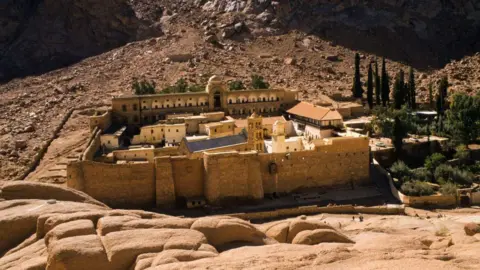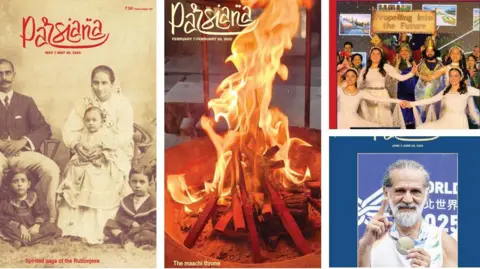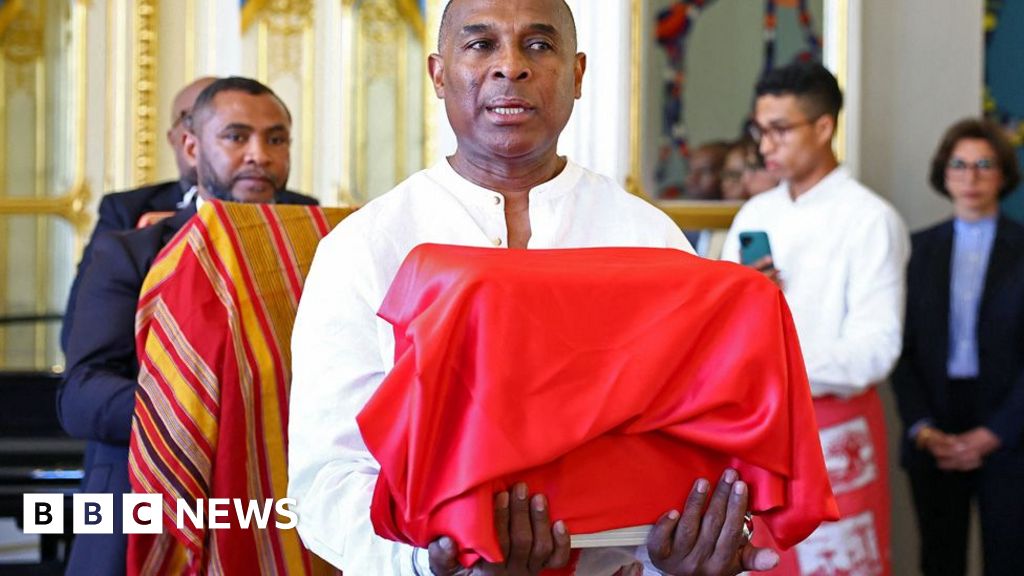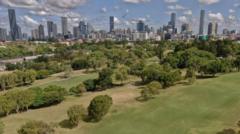Tucked away on a quiet street in Mumbai lies the Framji Dadabhoy Alpaiwalla Museum, a beacon of history dedicated to one of the oldest religions in the world, Zoroastrianism. This museum serves not only to highlight the Parsi community, a group estimated to comprise only 50,000 to 60,000 individuals in India, but also to illuminate their profound influence on the nation's cultural and economic landscape.
The Parsis are descendants of Persians who fled to India centuries ago to escape religious persecution at the hands of Islamic rulers. Despite their significant contributions, their story remains obscure to many. Kerman Fatakia, the museum's curator, expresses a desire for the renovated space to rectify this by showcasing rare artifacts that narrate the community's rich history and traditions.
Among the unique pieces on display are cuneiform bricks, terracotta vessels, and coins from ancient sites such as Babylon and Mesopotamia, dating as far back as 4000-5000 BCE. This historical evidence illustrates the enduring presence of Zoroastrians, particularly in regions once ruled by Iranian dynasties. Notably, a replica of the Cyrus Cylinder, often referred to as the world’s first human rights charter, is included in the exhibit. This artifact is inscribed with rights bestowed upon subjects in Babylon by Cyrus the Great.
The museum also provides extensive insights into the migration of Zoroastrians who settled in India during the 8th to 10th centuries, and again in the 19th century, seeking refuge from persecution. Featuring portraits of influential figures like Jamsetji Tata, the founder of the Tata Group, the museum encapsulates the wealth and vibrancy of the Parsi community, whose members were instrumental in trading silk, tea, and opium with China.
Among the most provocative exhibits are replicas of the Tower of Silence and a Parsi fire temple, areas traditionally inaccessible to non-Parsis. The Tower of Silence is where deceased Parsi members are laid to rest in nature, illustrating their unique funerary traditions. The lifelike fire temple model reflects the architectural nuances inspired by ancient Persian designs, beckoning visitors to appreciate a space rarely viewed by outsiders.
Though modest in size, the Framji Dadabhoy Alpaiwalla Museum is "packed with history," according to Fatakia. It endeavors not just to educate local residents but to open the door to global discussions about the Parsi community's influence and legacy. As India’s Parsi population continues to dwindle, institutions like this remain vital for preserving their story for future generations.




















